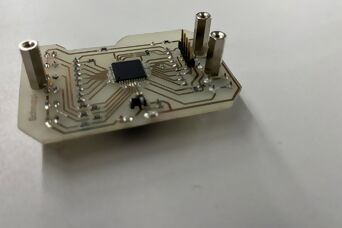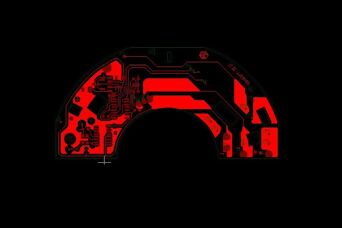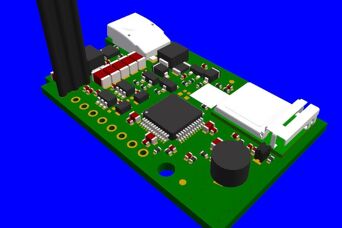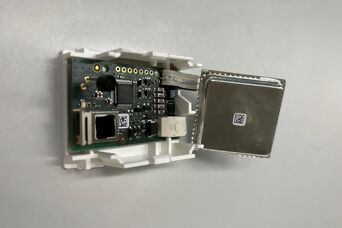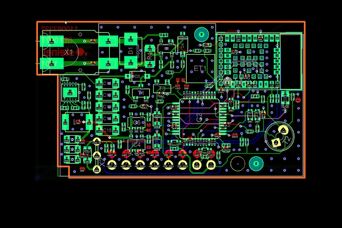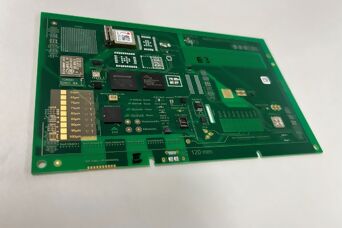- In the field of power electronics, ever greater currents are being realised on smaller PCBs.
- The size and space available for the PCB in a housing are becoming increasingly tight.
- In the field of sensor and communication technology, signals are becoming ever faster and/or a radio antenna is realised directly on the PCB. The layout must be created according to the teachings and knowledge of so-called ‘high speed design’.
- The variety of layouts in the specific specialist areas has grown considerably, as has the variety of different possible PCB technologies. Be it the standard FR4 or more specialised FR4, RigidFlex, Flex or even printed plastic parts with copper and populated components, the world of the PCB designer is becoming more and more interesting and diverse.
- Nowadays it is also possible to display the layout in 3D in the layout programme. The components, conductor tracks, etc., can also be moved directly in the 3D view and even integrated into the housing (step model). This means that any collisions between components or even with the housing can be recognised at an early stage.
-
Services
-
References
We are at home in the most diverse markets! An extract from our references.
-
Are you looking for an existing sensor solution?
Then you will certainly find what you are looking for in our SENSOTEC Portfolio.
-
-
References
-
Media Room
Our expertise in sound and vision: Find exciting content about us and our services.
-
You have the idea?
We have the competencies. The development portrait.
-
-
Company
-
In search of a new challenge?
All information about a career at STEINEL Solutions.
-
We train!
We accompany young people on their way into working life.
-
- Career
- Contact







